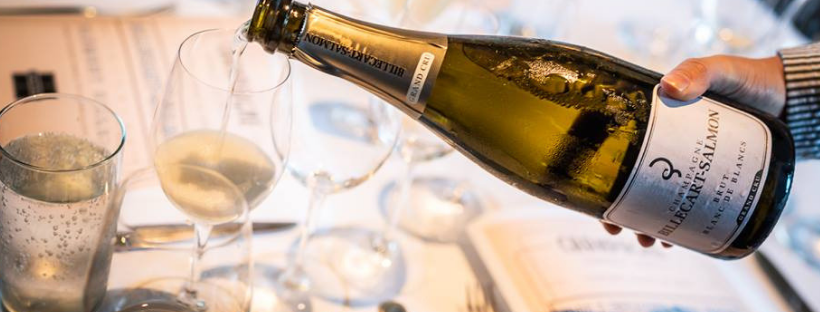French Wine 101
March 05, 2019
Isn’t it intimidating to go to a restaurant and get handed a wine list as thick as a novel? Perhaps you know you like red wine or prefer Champagne but you have a moment of confusion when presented with the wine list. Mariana Popescu, Sommelier at Bartolotta’s Lake Park Bistro, breaks down a French wine list by region, and then by reds (rouge) and whites (blanc), explaining the importance of each wine’s origin or “terroir.”
BURGUNDY (BOURGOGNE): The region of Burgundy mainly grows two different grapes, chardonnay and pinot noir. There is a lot of complexity in understanding Burgundy due to its many sub-regions, but for the sake of ordering you need to know that Chardonnay is the main grape and is light and fresh. Red wines from Burgundy are typically not left in oak barrels too long and tend to be a bit lighter with earth and mineral tones. These wines pair well with salads such as Lake Park Bistro’s Œeuf Mollet
BORDEAUX: Bordeaux (PRONOUNCED: BOAR-DOE) is a coastal region steeped in history. White wine grapes are sauvignon blanc and sémillon and are often blended in different proportions. White wines from Bordeaux are often floral in aroma and flavor. Red wines from Bordeaux are mainly a mix of cabernet sauvignon, merlot, and cabernet franc grapes and because of weather, terroir, and different oaks, they range widely. Some common tasting notes are plum, black currant, and truffle. When ordering a Bordeaux, consider that many of these wines pair well with heartier foods such as mushrooms, butter, or dark meats because of their layered complexity and tannins.
LOIRE VALLEY: The Loire Valley (PRONOUNCED LOW-OUR) is a colder region with a major geographic influence, The Loire River, the longest river in France. This river creates many microclimates and is responsible for the abundance of white grapes known for high acidity. On the menu look for Muscadet, Vouvray, and Sancerre, three popular appellations, each with distinct profiles. The wine from Sancerre is a good example of a higher acidic wine for which this region is known. Muscadet is typically a bit lighter with mineral notes, making them the perfect pairing for seafood, while the Vouvrey types are often a bit sweeter.
RHôNE VALLEY: The Rhône Valley is split into the northern and the southern valleys. The red wines in the north are made almost entirely of syrah and whites with Viognier. This northern region is unique because steep and perilous hillside vines and heavy winds lend distinct flavors to the region’s wines. The Southern Rhône Valley is a vastly different landscape and has many more varieties than other regions. Red wines are typically grenache blends mixed with 13 types of other grapes and whites are a blend of many different grapes. Red wines from the region take on the rich, spicy tones of the region’s soil.
ALSACE: The Alsace (PRONOUNCED: ALL-SOSS) region is colder and produces mainly white grapes which are very diverse because of the many climates. Law stipulates that any wine bottle labeled with a certain grape from Alsace must be 100% that grape, blending is not allowed. These wines are simpler to identify when ordering because of this mandate, look for the grape on the list or the bottle, examples include pinot gris, Riesling, and gewürtztraminer, among others.
Want to learn more?
View the all-French wine list at Bartolotta's Lake Park Bistro, or make a reservation to visit us to sample some of these wines yourself.

